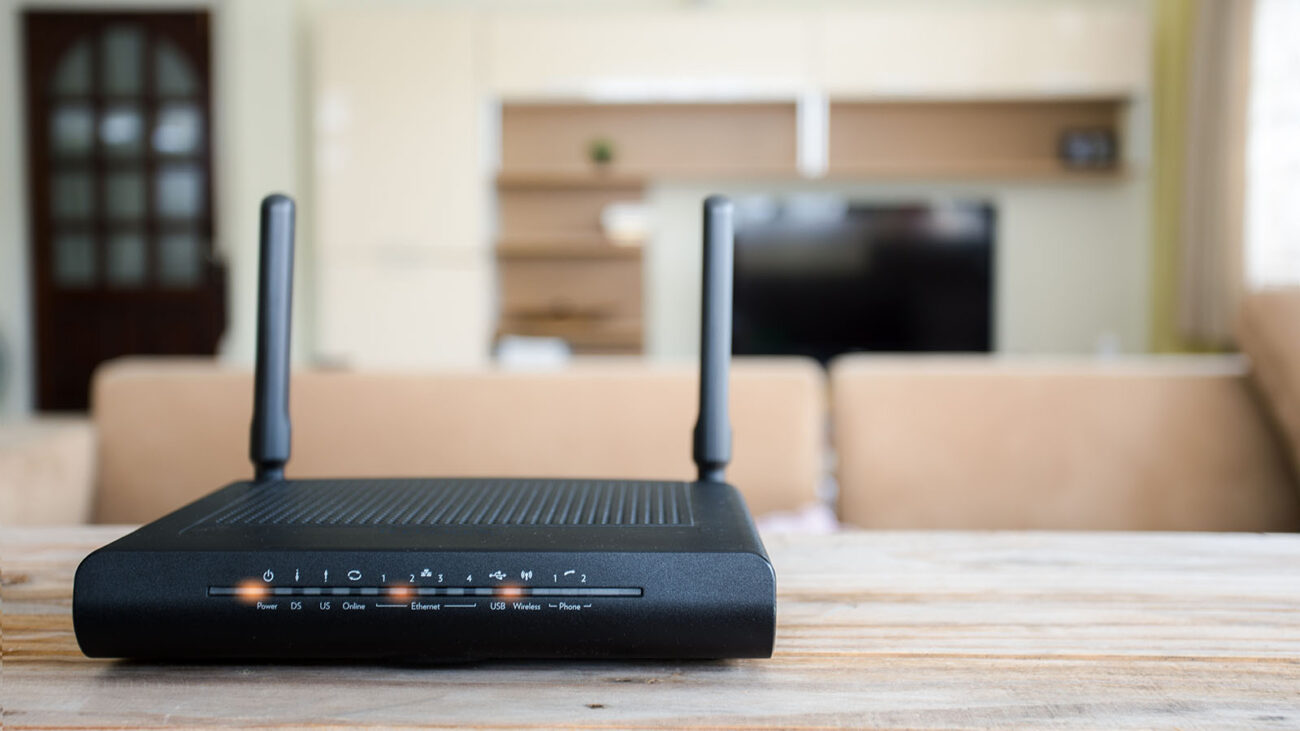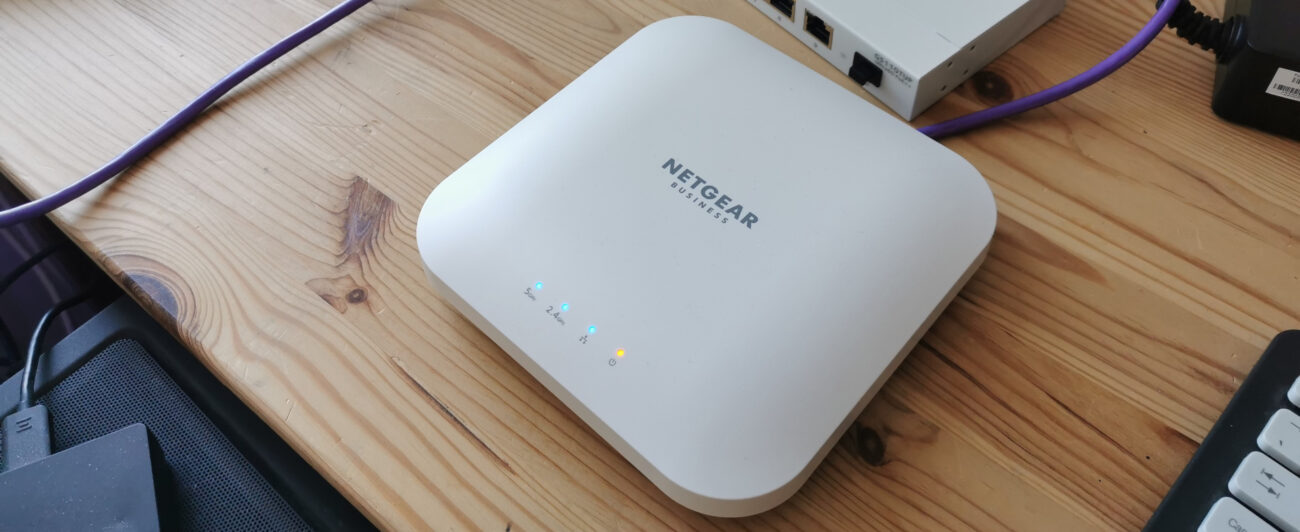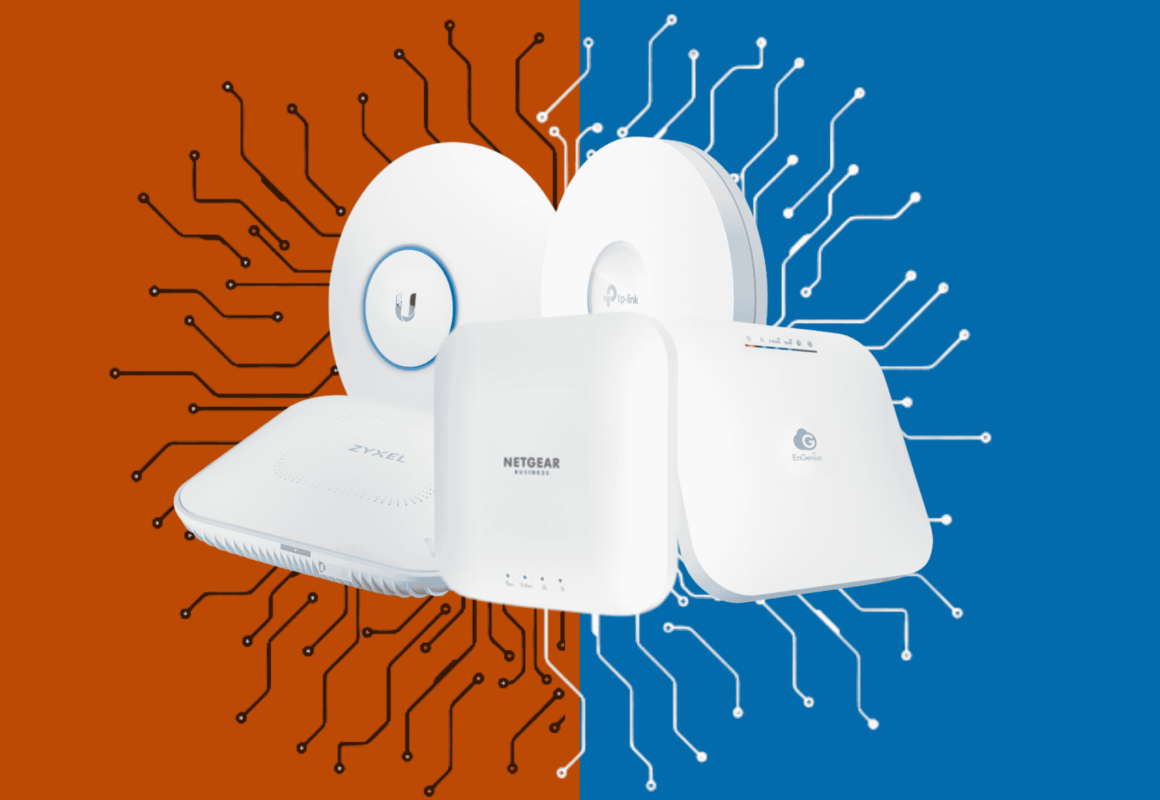Wireless and wired network: know advantages and disadvantages
Whether for studies, work, games, or entertainment, having an adequate network is essential to ensure the full exercise of day-to-day activities. Therefore, knowing the main characteristics of each one is essential for choosing the ideal network for each need, in addition to ensuring a fast and stable Internet.
With that in mind, Fabio Appel, Product Coordinator at TP-Link, clarifies the advantages and disadvantages between the wired and wireless versions and their correct uses for each demand.
wired network
The expert explains that among the advantages of the wired network, is that with the physical connection, the upload and download rates work close to the maximum limit, which allows high speeds and little delay in the connection. That is, your files will arrive and be sent faster.
This network option also has greater stability, being recommended for tasks that require high performance and for gamers to make the most of online matches, for example.
“Games increasingly demand an efficient connection, given that they need agility in exchanging data, which is crucial for the expected result. The wired network can minimize the response time of commands, which causes game delays, or lag”, he explains.
Also according to Appel, it is currently possible to obtain rates that exceed 10Gb/s, when navigating through the most advanced cables. However, mobility can be a limitation, given that Wi-Fi allows the connection to be made from anywhere in the house, while the wired connection requires planning and infrastructure.
“Although it is advantageous depending on each need, the wired network does not allow the sending of a signal to the entire environment in a 360º format, which is not interesting for mobile devices such as cell phones, tablets and notebooks”, he emphasizes.
The product coordinator of TP-Link also states that although the wired connection is considered by many to be safer, today there are highly sophisticated wireless devices that eliminate risks and guarantee fully protected navigation.
“High-end routers on the market have built-in antivirus, which keeps confidential information preserved and provides filtering of malicious content, preventing counter-attacks and ensuring connectivity with peace of mind”, he says.
Wireless
The adoption of wireless internet may be more favorable, considering that its use is affordable and versatile. Appel says that, economically, Wi-Fi has an advantage over cable connection because it is easier to set up at low costs. Mobility also stands out as a positive feature, given that mobile devices such as smartphones, notebooks, and other gadgets can be connected and incorporated in a simple and fast way.
“ The wireless network allows integration through multiple connections, with the use of several devices in a single router. In a context where more and more environments are intelligently connected to the internet, wireless is an excellent option for those looking for high performance with the efficient flow”, he points out.
Fabio points out that with the development of devices and the evolution of technologies such as MU-MIMO, which guarantees simultaneous connections, beamforming, which sends the Wi-Fi signal to devices with greater data demand; and the Mesh system, which works to create a single network with multiple routers, cable-free access has become powerful and practical.
“The advancement of the wireless network has allowed people to have an ultra-fast connection speed, with less interference and connection delays. Its use has become popular mainly on mobile devices and transmissions with high data usage”.
The expert adds that for gamers who participate in online matches, especially via mobile, Wi-Fi is the appropriate option: “Having a router that guarantees multiple connections and adequate processing power is essential for quality and stability during games ”.
The executive emphasizes that the expansion of sixth-generation wireless networks, Wi-Fi 6, allows for even more efficient integration, with more speed in congested environments. With this, downloads and uploads will benefit, allowing the exchange of data to be superior.
“One of the advantages of Wi-Fi 6 technology is greater security for users. Through WPA3 encryption, browsing becomes more secure, especially on open and public connections”, he concludes.











